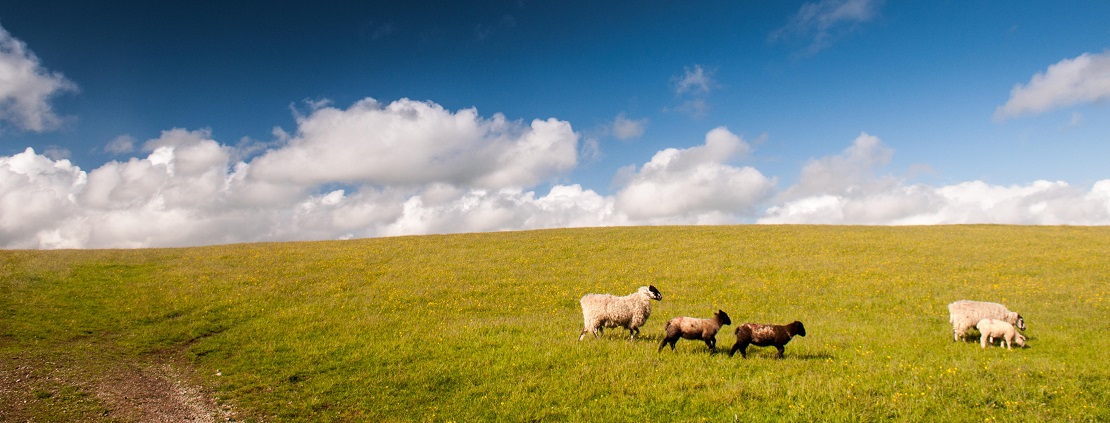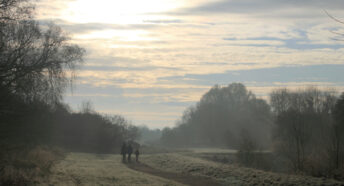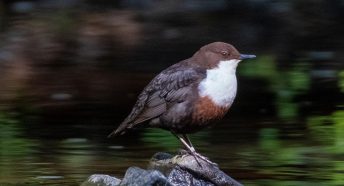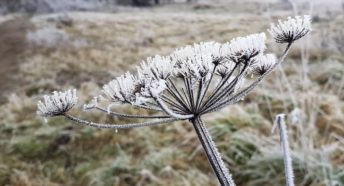A month in the countryside: connecting with nature in April
In the fourth of her exclusive monthly columns for CPRE, Susie White gives us her tips on what to look out for in nature – celebrating what makes the North Pennines so special, as well as the everyday beauty that can inspire us all.
April is a month of mixed weather and if I find it hard to acclimatise to the contrasts, I wonder what it does for wildlife. In just one week we’ve had T-shirt days followed by snow showers. Frosts at night have made the daffodils droop to the ground whilst at other times I’ve needed suntan cream and a hat in the garden.
But there are primroses and bright green wild garlic leaves in the woods, bumblebees and bee-flies are feeding in the lungworts and the wading birds have returned to the moors to breed. My daily walk is full of the sights and sounds of nature.
Five ways to connect with nature this April
1. See ‘stars’ in the woods
With their white starry flowers, wood anemones (Anemone nemorosa) grow very slowly because their seeds are mostly infertile. This means that they colonise woodland mainly through their little twiggy rhizomes. It is said that it takes a hundred years for them spread six feet which is why they are a good indicator of ancient woodland.
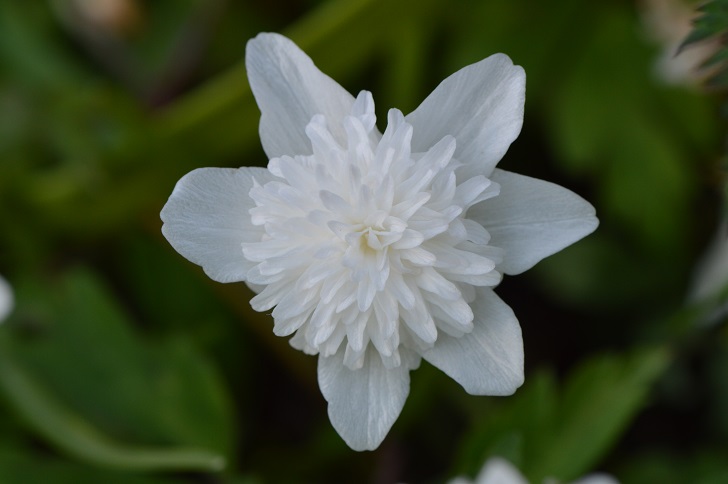
There are some growing just a field away from our house but I also include wood anemones in my shady border, along with their cultivated forms. There’s the serene double white ‘Vestal’, the lovely lavender-white ‘Robinsoniana’ and most curious of all ‘Virescens’ where the sepals have mutated so that they look like green flowers.
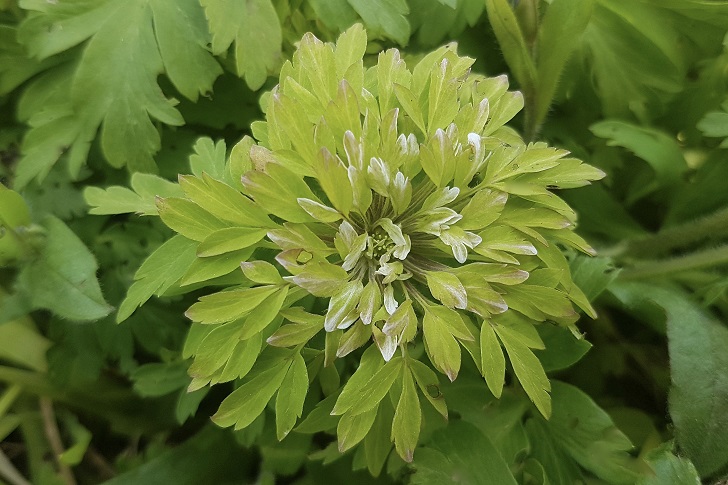
2. Discover the magic of waders
When I’m working in the garden I hear the spring calls of curlews as they fly overhead, the double notes that give them their name or their thrilling bubbling sound.
To fully immerse myself in the magical soundscape of wading birds, I walk up a track to the moorland edge a few miles away. The air is filled with the singing of skylarks; they’re impossible to spot against the blue sky.
Lapwings swoop and dive uttering their sweet ‘pee-wit’ calls. There’s the loud piping of redshanks and the plaintive sound of golden plovers. Then a strange thrumming is heard above the rushy pasture and a snipe is displaying, its two vibrating tail feathers stirring the air in one of my favourite events of spring.
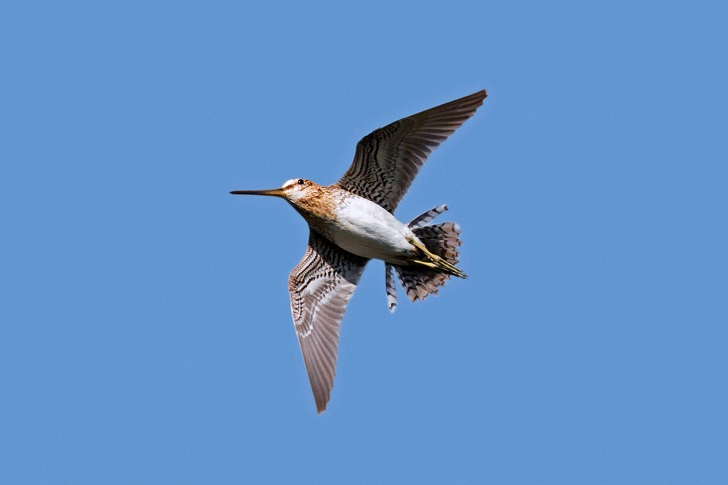
3. Hunt out a hunter
Another bird of moorland – and one that we are very lucky to see nearby – is the Short-eared Owl. It often hunts by day as well as night, flying low over the rough grass on silent wings on the lookout for voles.
Like barn owls, Short-eared Owls systematically quarter an area, flapping on wide outstretched wings interspersed with long glides
before dropping down onto their prey. I stop the car to watch a Short-eared Owl on a fence post as it stares at me with piercing kohl-rimmed yellow eyes.
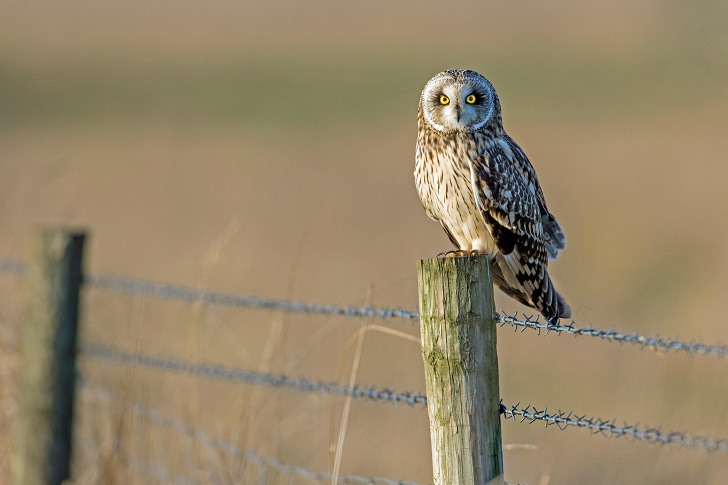
4. Celebrate spring with a beautiful butterfly
Of all our beautiful butterflies, the one that gives me a special feeling of joy is the Orange-tip. It’s an uplifting sign of spring, a butterfly that I associate with my childhood and the garden where I grew up. Emerging from last year’s pupa, Anthocharis cardamines is one of the earliest butterflies that has not over-wintered as an adult.
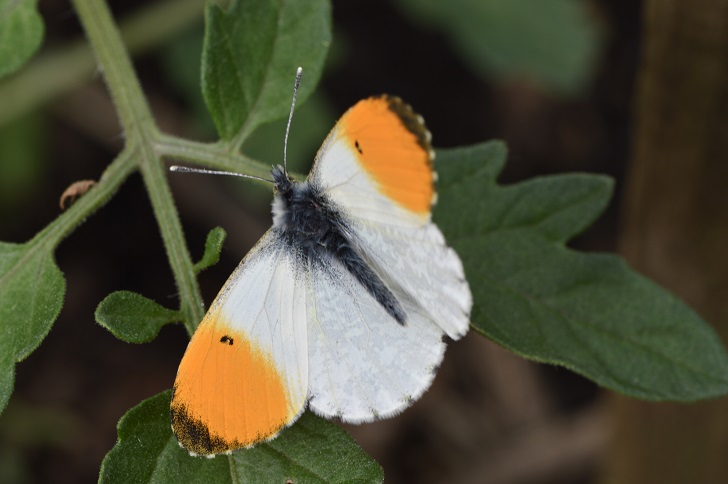
You’ll see them along hedgerows, verges and in gardens, the males with their distinctive day-glo orange tips, the females more discreet and easily confused with Small Whites. But look at their closed wings and you will see the lovely green and white marbling of their undersides. To attract Orange-tips, I grow their food plants in my garden, favourites being cuckooflower, Jack-by-the-hedge and honesty.
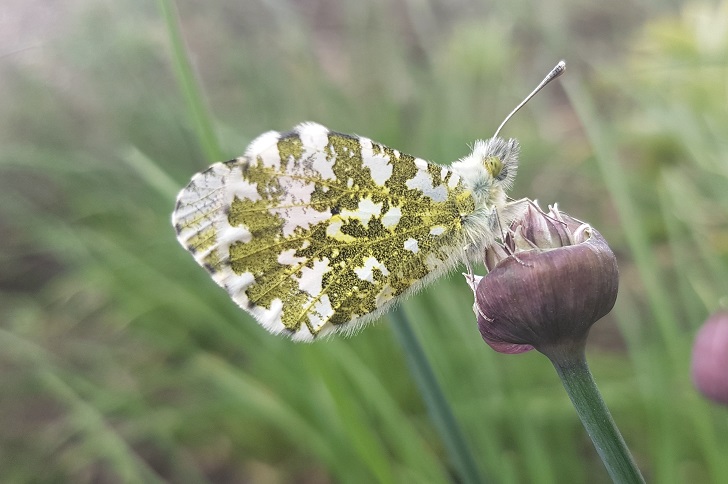
5. Understand life cycles with nature’s undertaker
The moth trap which I set once a week attracts other insects as well as moths. There may be midges, wasps or earwigs but perhaps the most fascinating insects are the burying beetles.
These fulfil an important role as undertakers for dead animals such as small birds and mammals but I’ve even seen them bury a hedgehog. Also known as sexton beetles, there are several UK species of Nicrophorus; some are black, some black with orange stripes and they often carry hitchhiking mites.
They excavate the soil beneath a corpse so that it sinks and the female then lays her eggs on it. The emerging larvae then have a food source. As I watched in awe, it took a pair of beetles just one hour to bury a dead mouse in the woodchip.
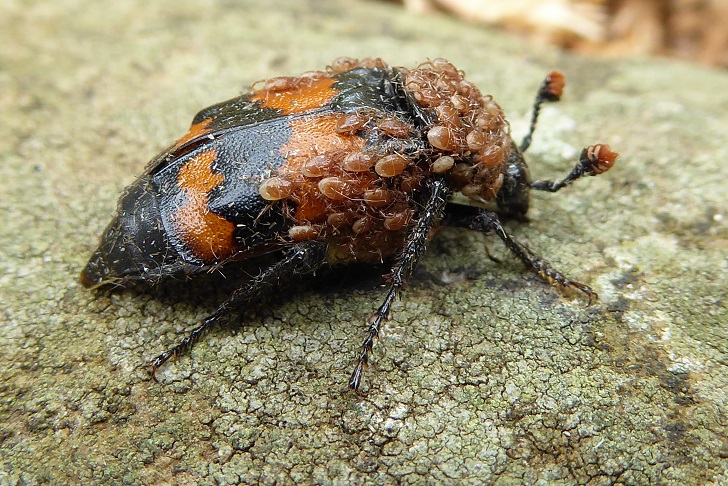
Susie White is a writer and naturalist who lives and gardens in a small valley in the North Pennines Area of Outstanding Natural Beauty. Its diverse mix of habitats and landscapes provides a rich variety of wildlife to observe and record – including through her regular Country Diary entries for The Guardian.
Read more of Susie’s observations for the Guardian’s Country Diary, follow her on twitter for great photos @cottagegardener and remember to look out for her next CPRE column in May.
